A lot of work influence my way of storytelling. Today, I want to share with you a comic that had an influence on me: Naruto, by Masashi Kishimoto.
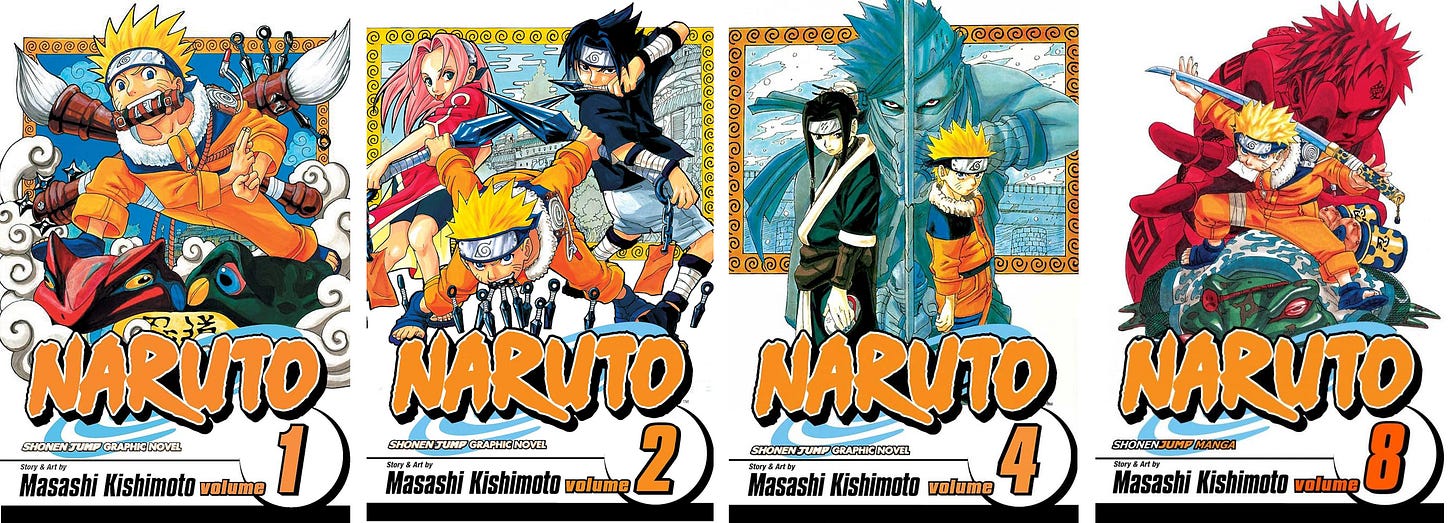
I first read Naruto when I was in high school. It was not my first ninja-comic, but it was the first superbly well-written world-building ninja story I came across. (I was also at an age where I could take in more gory images, and Naruto did not shy away from graphic ninja battles. With that said, as a whole, I am not a fan of overly violent contents.)
There are a few things I want to discuss about Naruto, but I am going to focus on Kishimoto’s unique visual sense of storytelling today.
The way Kishimoto conveys a story almost feels movie-like. I am most impressed by his unique angles. They add dimensions and are so much fun to read.
I’ll give you an example.
In this scene, the protagonist Naruto is fighting his opponent Sasuke on top of a lake. (They are both ninjas, so they could walk on water.)
The first panel is straight forward – it’s a direct shoulder level shot showing Naruto charging to the right of the panel (towards Sasuke).
In the next panel, Kishimoto could have drawn Sasuke charging to the left in the same shoulder level shot, but he chose to draw it from a different angle. Now we are looking from Naruto’s back, and we see Sasuke heading towards Naruto. This variation makes the scene more dynamic.
Now, we pull back to face shots for both characters. We can tell from their expressions that they meant business. Notice that both are depicted in a forced angle, giving depths.
The next page shows the two colliding. This could have been one full panel of just the two delivering their final punches, but Kishimoto sliced this moment into four panels. This gives the illusion of slow-motion, and it dials up the intensity (because this contrasts the fast actions from the previous page). This is fantastic pacing. To push the visuals further, we are witnessing this moment below the characters. Not a lot of artists will choose to depict it this way. These angle variations breathe life to the entire action sequence. Bravo!
Keep in mind that every angle depiction is a creative choice. Camera angle variation is a “tool” illustrators often use as part of our visual storytelling techniques. Our choices are a part of our storytelling style. To me, what stands out with Kishimoto is his repeated use of these unique choices. He knows how to swing the camera to enhance the story emotions.
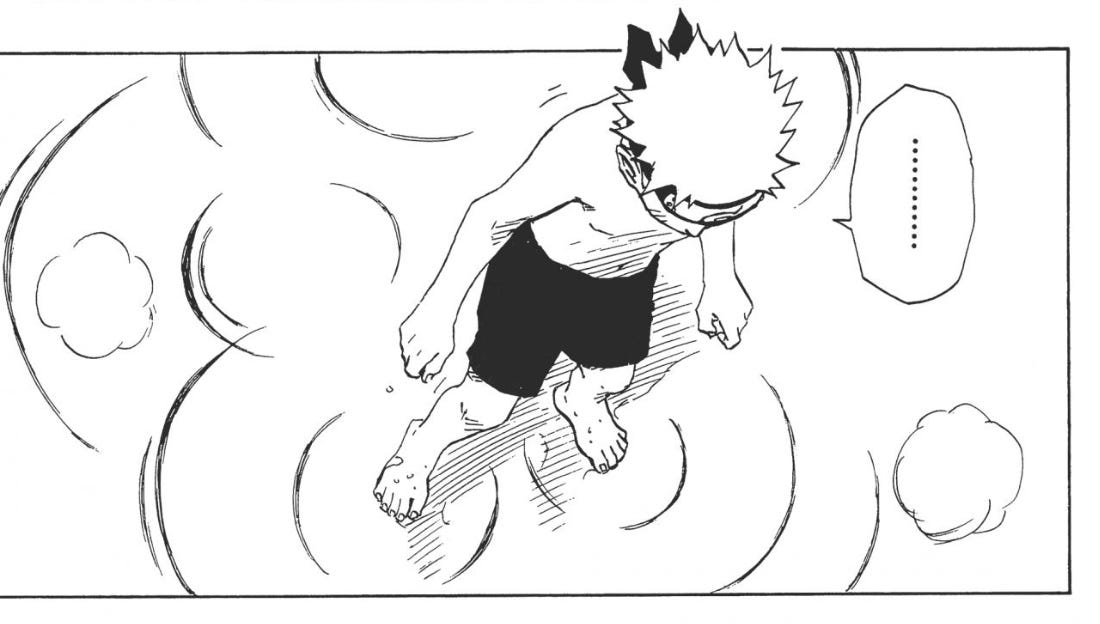
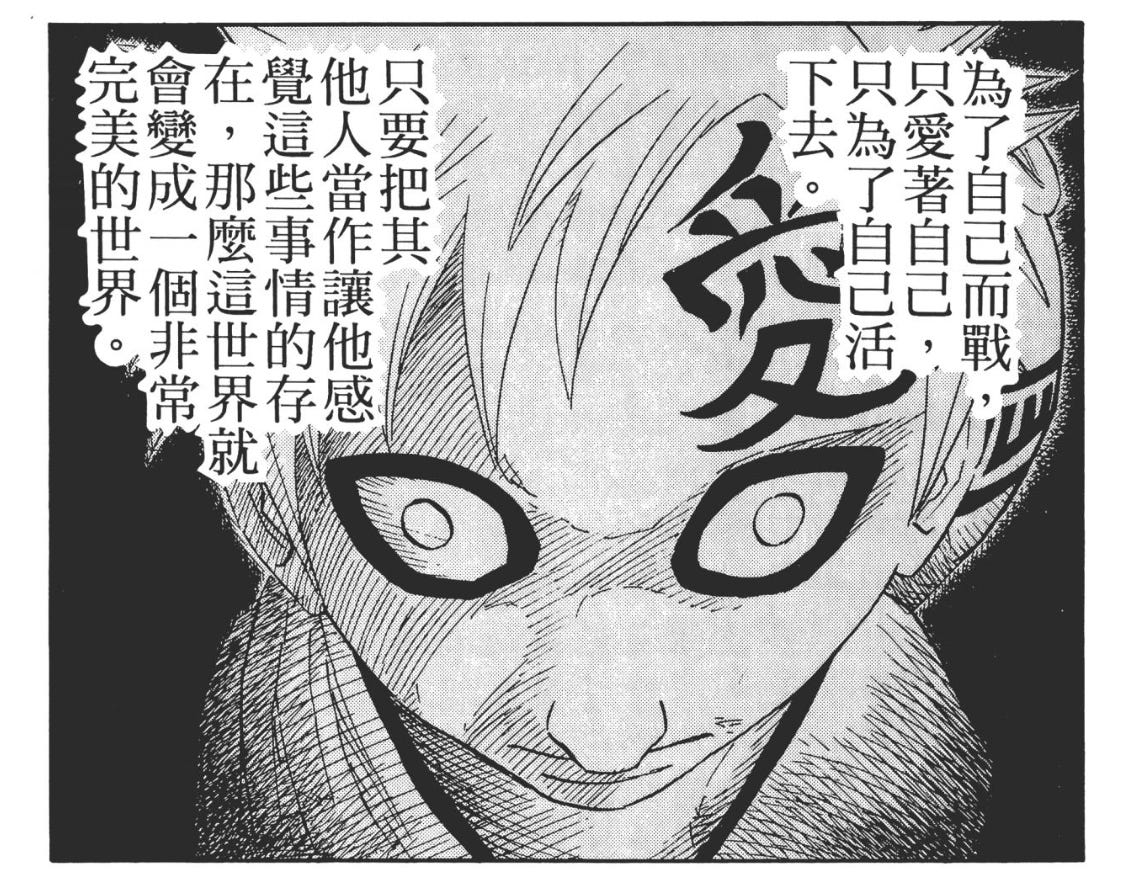
There is a fine balance though: you can’t keep swinging the camera left and right, or the readers will get confused. With that said, when done right, the reading experience goes to the next level. It feels immersive.
I feel lucky coming across Naruto when I was young. It helped me observe how camera angle variations enhance a story. As a professional creator today, I do this often in my own work.
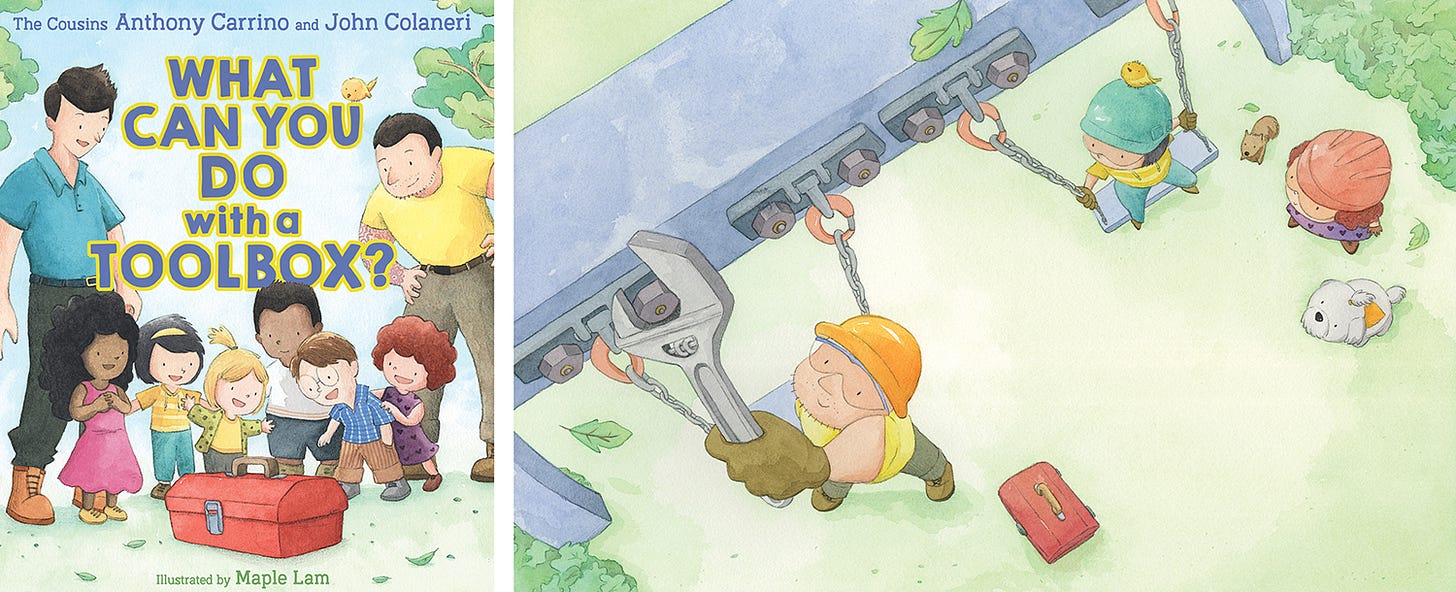
Have you read Naruto? If you haven’t, I highly recommend the series, especially the first 26 volumes.
Note: If you are a parent, educator, or school librarian considering adding Naruto to your comic collection, please keep in mind that many fighting scenes are too brutal for young readers.
Happy reading, and happy creating!


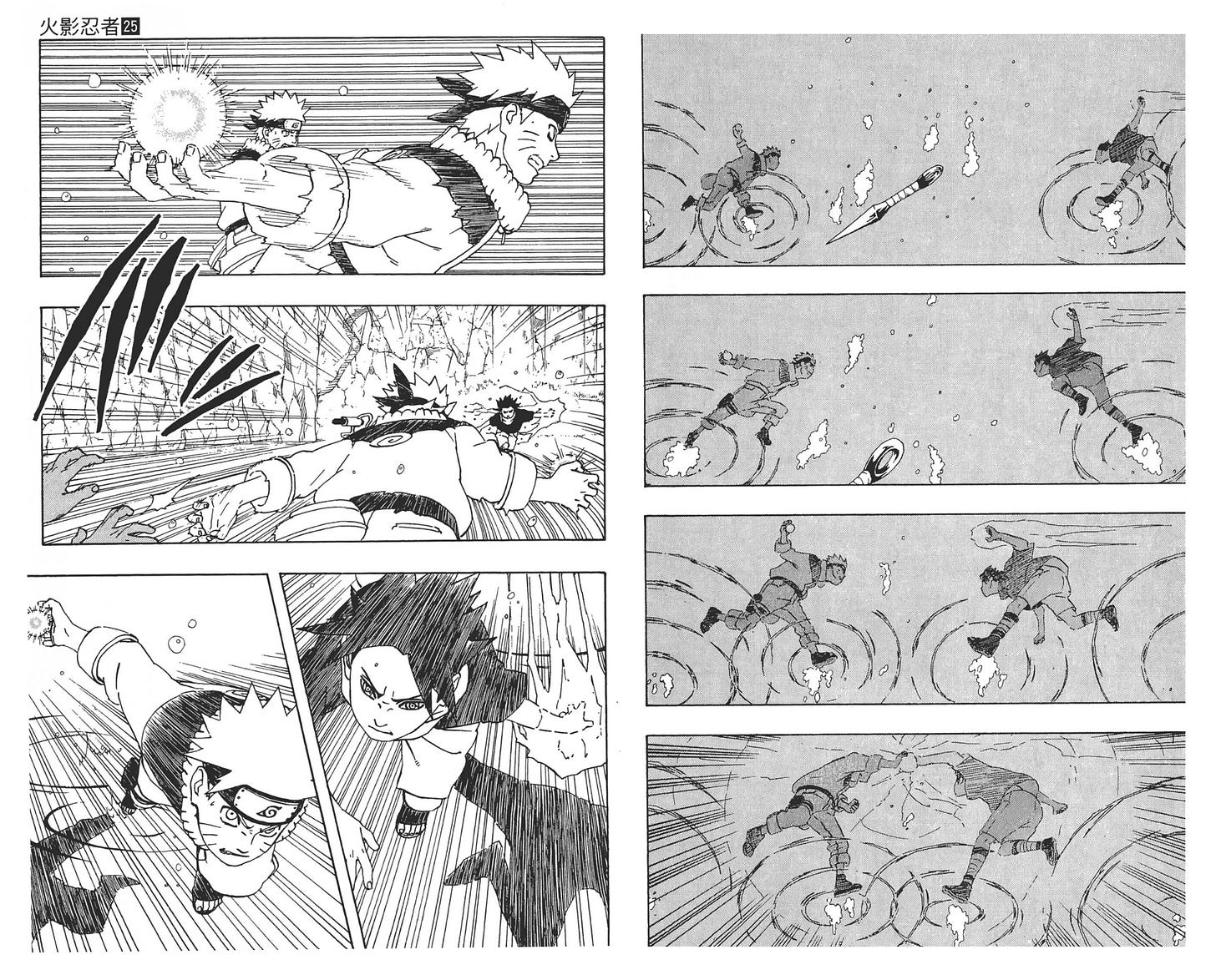
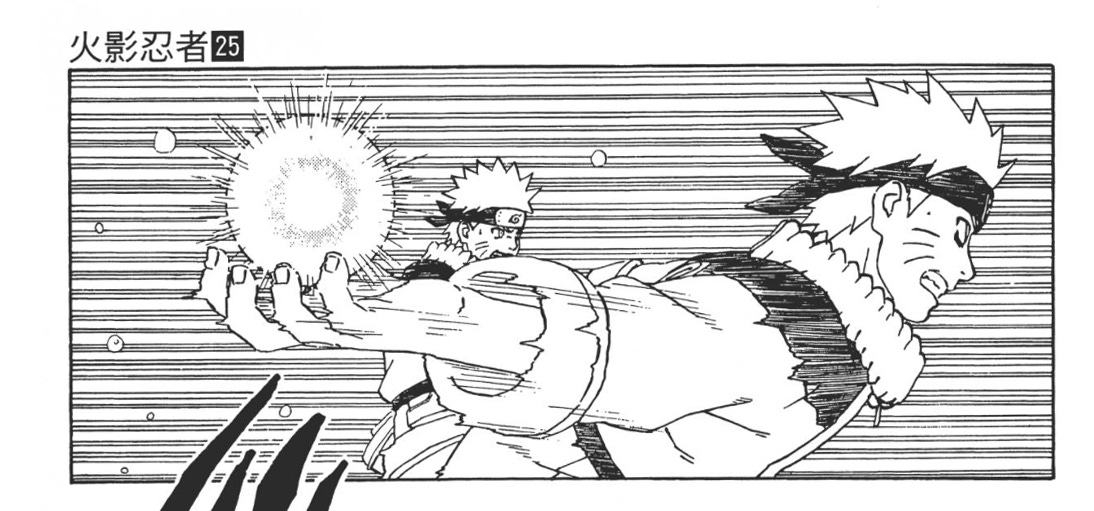
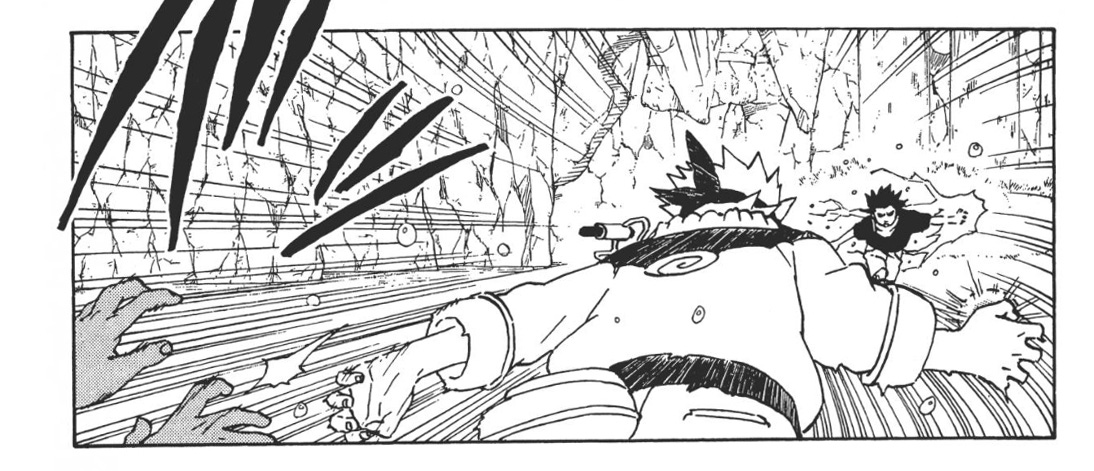
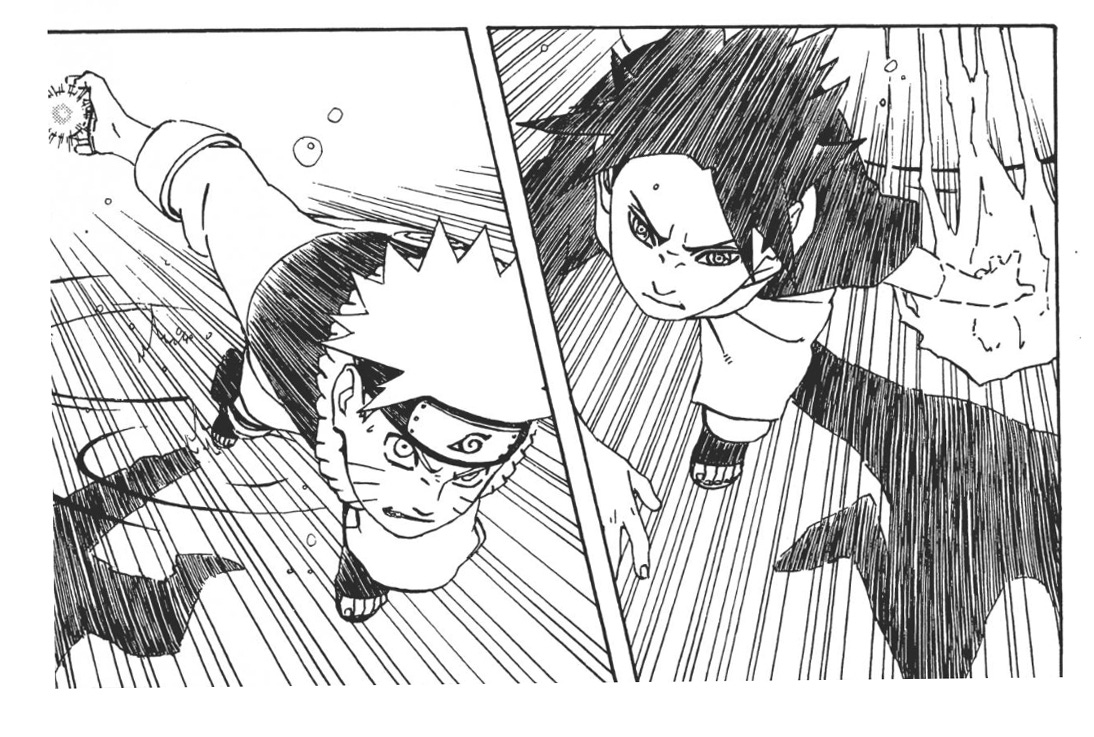
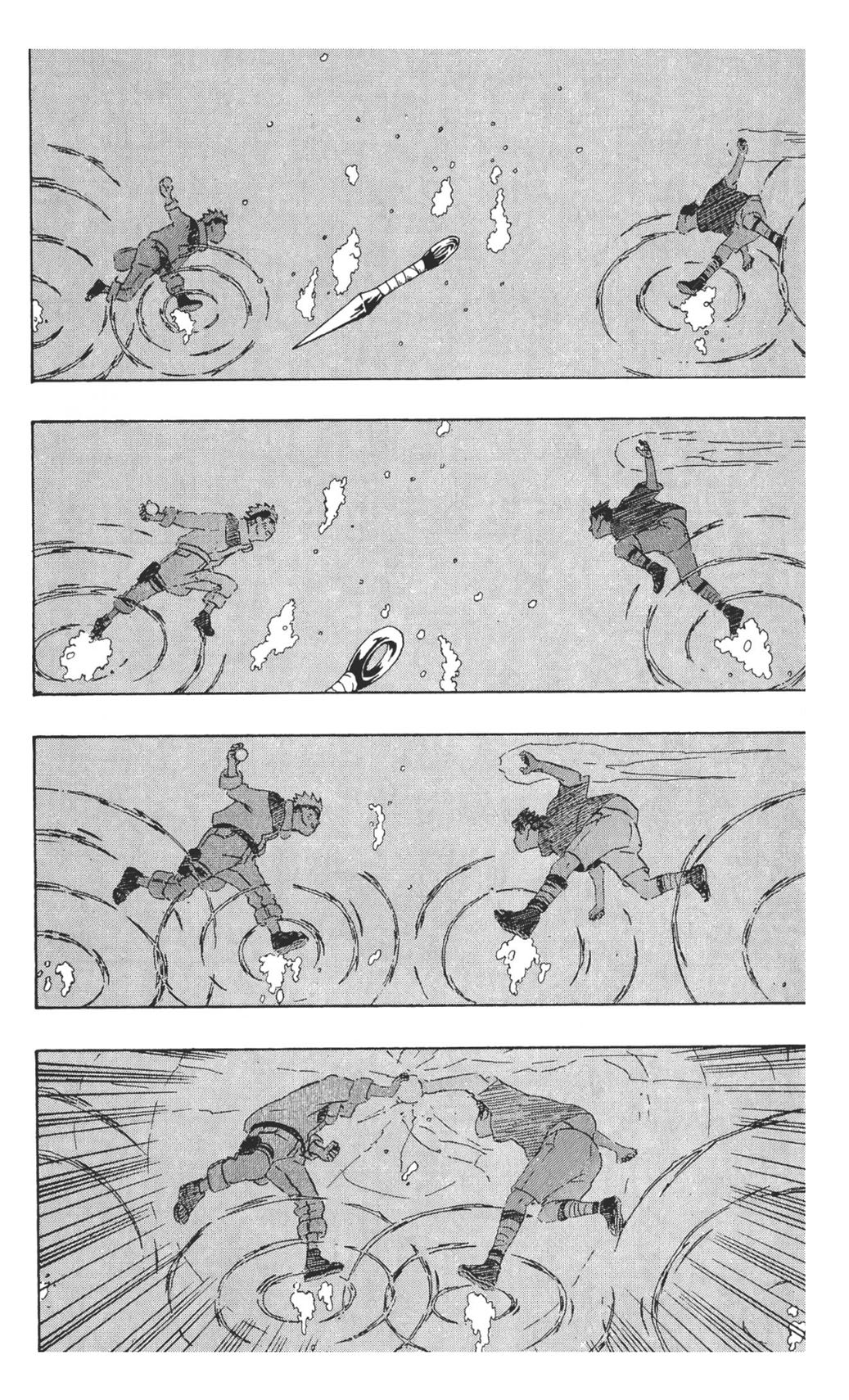
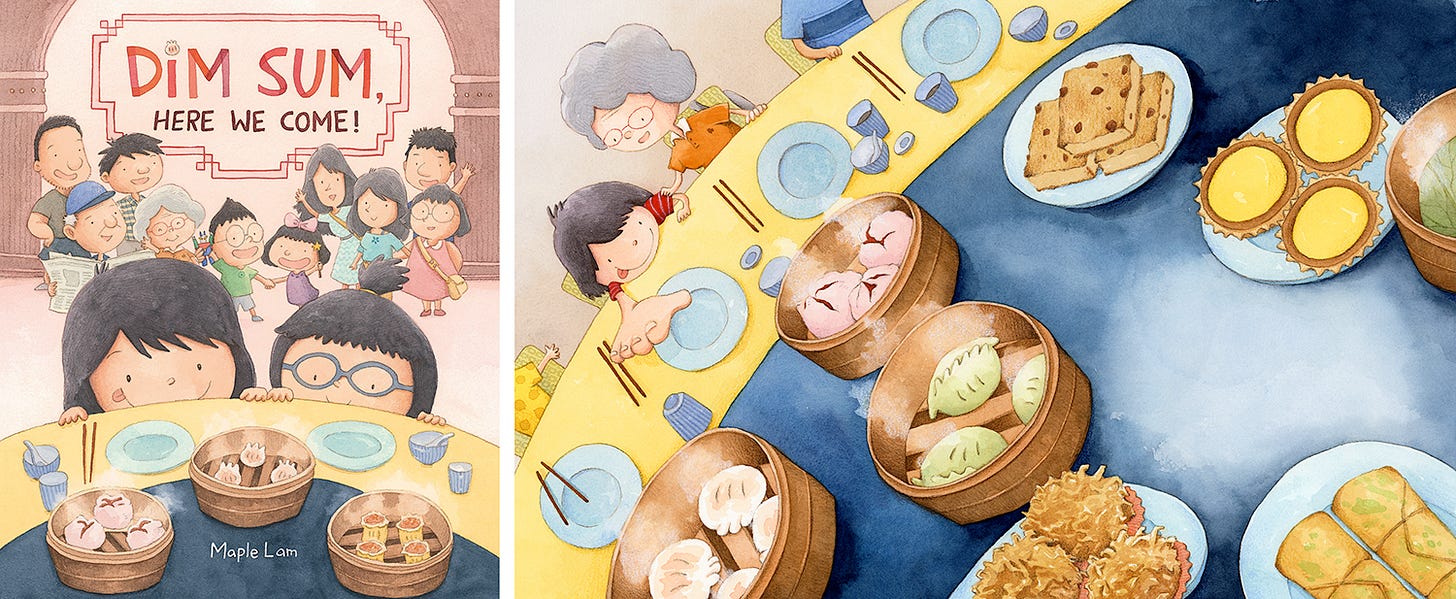
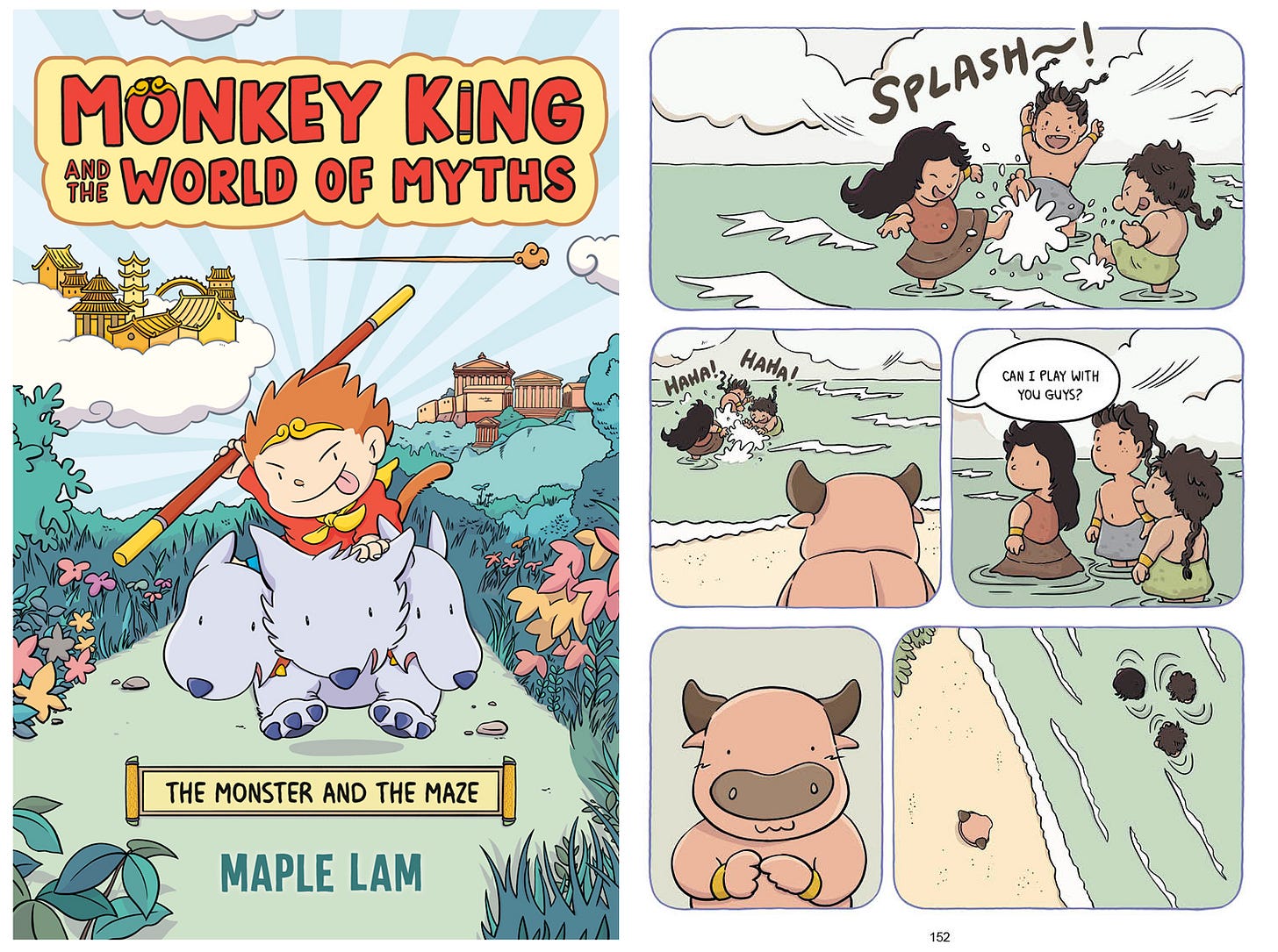
Ooo… I like considering those dramatic perspectives and what they do for story telling.
Naruto is one of my all time favorites, Masashi Kishimoto is goated. I was reading an article where (I think it was Kishimoto, or another mangaka) said that when it comes to composing an image, mangaka have nothing of anime makers (that was the jist any way), imo that's not as true in Kishimoto's case.